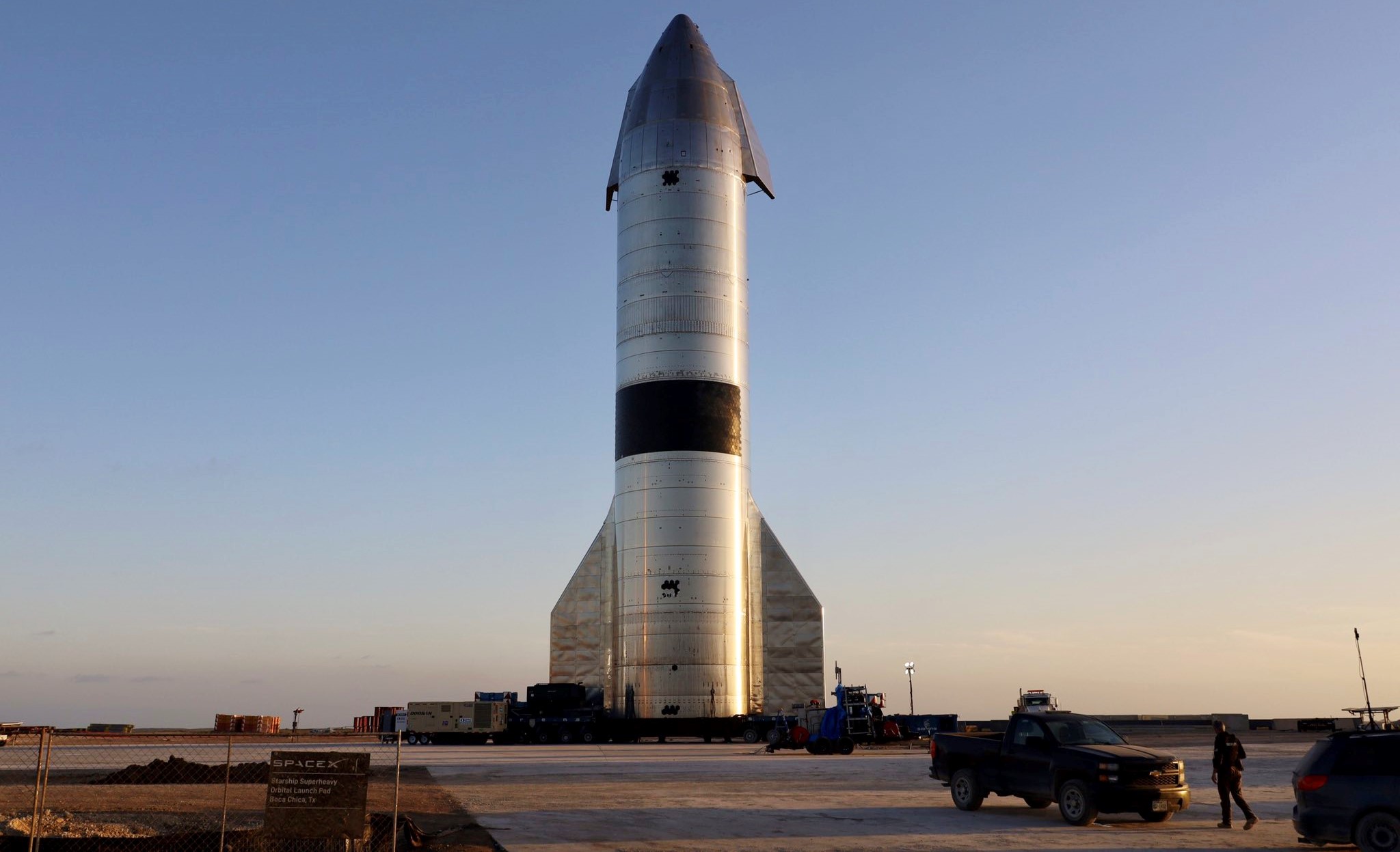
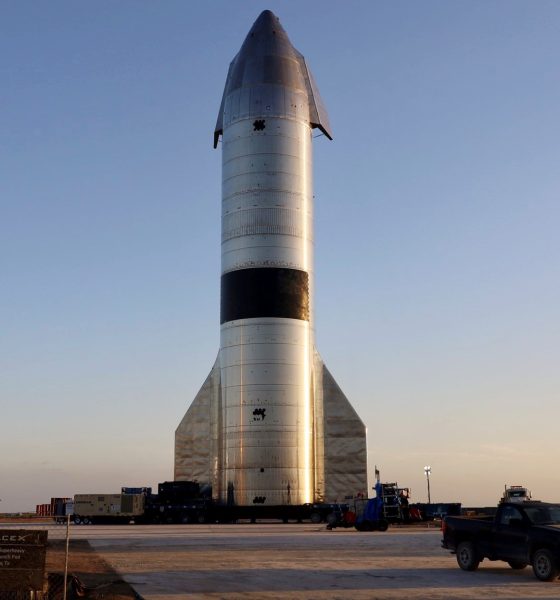
News
Elon Musk says SpaceX might refly Starship after historic landing
Update: CEO Elon Musk says that SpaceX “might try to refly SN15 soon” after it became the first Starship to ace a high-altitude launch and survive the landing. In other words, SpaceX might be about to kick off what’s bound to be a long and fruitful future of Starship reusability.
Less than six months after high-altitude flight testing began, SpaceX has successfully landed a full-size Starship prototype in one piece, giving the company its first real opportunity to inspect a flown vehicle with flaps, a nose, and three Raptor engines.
That spectacular success will simultaneously give SpaceX a wealth of data from any onboard cameras and data recorders, as well as the physical condition of Starship itself – including three Raptor engines with several minutes of flight time. While SpaceX likely already managed to determine a great deal from over-the-air telemetry and wreckage taken from Starships SN8 through SN11, it now has a virtually unharmed, full-scale, full-fidelity prototype to truly compare and contrast with more theoretical engineering and flight performance models.
Perhaps most importantly, though, SN15’s success also raises the question: what’s next for SpaceX and its Starship program?
The reality is that things could go any number of directions depending on Starship SN15’s condition and just how successful SpaceX determines the flight really was. If Starship SN15 and its tanks, flaps, and Raptors are all in impeccable condition, it’s not impossible to imagine that SpaceX could do what it did after Starship SN8’s near-total success and scrap Starship prototypes SN17, SN18, and SN19 before work really begins. While unlikely, SN15 could even fly a second time in that scenario.
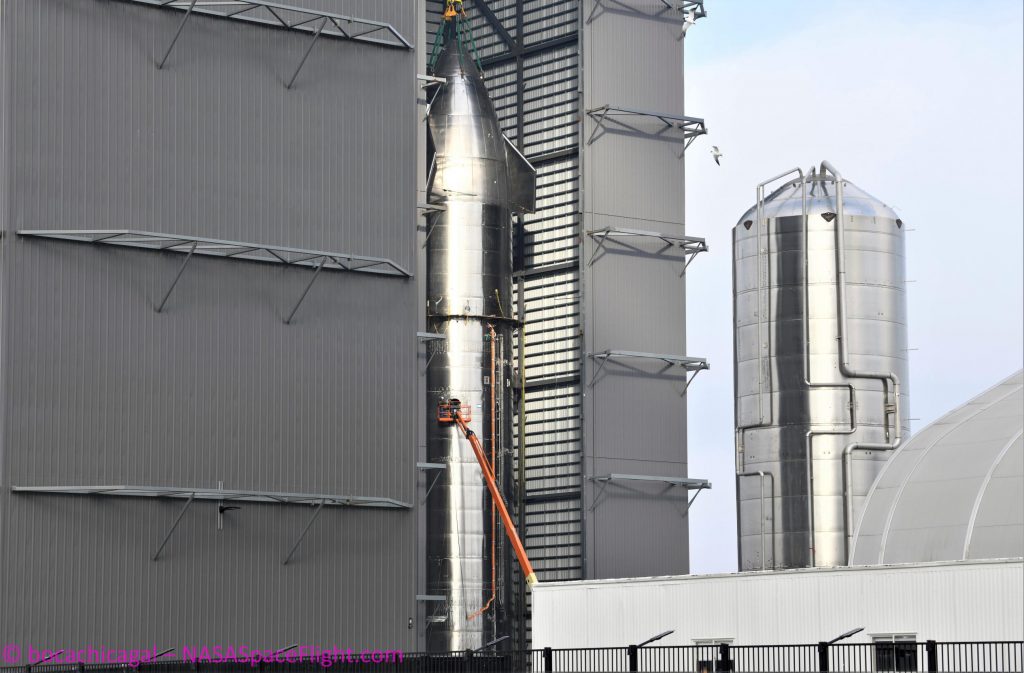
Starship SN16 is already more or less complete could easily be ready to roll to the launch pad within the next week. Odds are good that SpaceX will use SN16 to (hopefully) replicate Starship SN15’s spectacular success and prove beyond a shadow of a doubt that the vehicle’s current design has fixed the issues that doomed SN8 through SN11. With SpaceX’s Starship program, though, just about anything is possible – especially at a point that CEO Elon Musk appears to be seriously considering a giant tower with arms as a replacement for landing legs.
Meanwhile, Musk himself confirmed that SpaceX is working towards a goal of launching Starship into orbit for the first time by July 2021. Beginning with Starship SN20, those initial orbital flight tests will use Starship prototypes with still more upgrades beyond the “hundreds of improvements” present on SN15. It’s unclear how significant the upgrades needed to move from SN15’s design to an orbit-capable Starship are but at minimum, SpaceX will need to outfit orbital ships with a full heat shield and three new vacuum-optimized Raptors on top of the three sea-level engines already flown on SN8 through SN15.
Musk has implied that recovering a Starship prototype from orbit could take several failed attempts before the first success. Along those lines, SpaceX has its work cut out for it given that Starship will be the heaviest orbital spacecraft ever launched by a large margin. Unlike the ~100 metric ton (220,000 lb) Space Shuttle orbiter, though, SpaceX won’t be gambling the lives of astronauts on Starship’s initial orbital flight tests, leaving far more room for uncertainty and risk-taking.
Beyond Starship itself, SpaceX has yet to complete or test a flightworthy Super Heavy booster prototype and the company’s orbital-class Starship launch facilities are far from complete. Many parts of Super Heavy boosters BN2 and BN3 have been completed and are waiting for integration to begin and SpaceX has made a huge amount of progress on said orbital launch site over the last six months, but months of work almost certainly remain before either crucial component will be ready for orbital launch attempts.
For now, we’ll just have to wait and see what happens to Starship SN15 and SN16.

News
Tesla rolls out tasty new trade-in deal for a limited time
Tesla has rolled out a tasty new trade-in deal in the United Kingdom for a limited time, knocking just over the equivalent of $5,000 off of the price of a new or inventory Model 3 or Model Y.
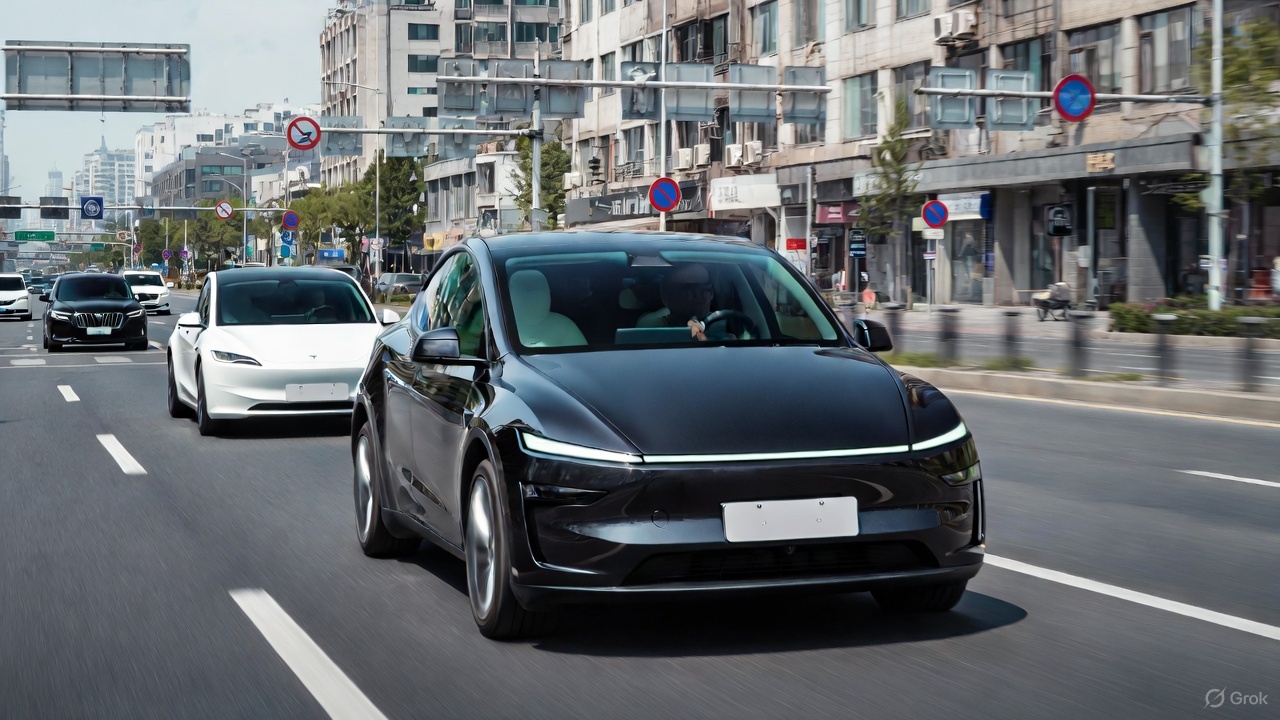
Tesla has rolled out a tasty new trade-in deal in the United Kingdom for a limited time, knocking just over the equivalent of $5,000 off of the price of a new or inventory Model 3 or Model Y.
The move, which could be a great way to incentivize sales in the United Kingdom, will take off £3,750 ($5,043) from the price of either of Tesla’s two most popular models, but it’s only valid until March 31, 2026. It requires the order and delivery to take place within the first quarter to qualify for the discount.
NEWS: Tesla UK is offering a £3,750 ($5,043 USD) trade-in bonus towards a new Tesla if you trade in your current car.
Must order and take delivery before March 31, 2026. pic.twitter.com/ZBLoZaLMvT
— Sawyer Merritt (@SawyerMerritt) January 2, 2026
The bonus is designed to lower the cost barrier for switching to electric vehicles, stacking the £3,750 on top of the actual trade-in value of any eligible car — this includes petrol, diesel, or even an EV from another automaker. It applies to both new builds and inventory vehicles, including test drive and showroom models, but excludes certified pre-owned Teslas.
This promotion comes amid intensifying competition in the European EV sector. Chinese giant BYD, which snatched the EV sales title from Tesla for 2025, has been aggressively expanding in the European market, undercutting prices and capturing market share with its widely affordable models, including the Seagull.
Tesla’s strategy echoes similar incentives that have been offered in other markets at different times. With UK EV adoption hovering around 20 percent of new car sales in 2025, such deals could accelerate the transition, especially as government mandates phase out fossil fuels by 2035.
There have been enthusiastic reactions to the offer on X, the social media platform owned by Tesla CEO Elon Musk. These incentive programs are few and far between, and are never predictable in terms of availability. However, Tesla could be using this discount to get the year off to a good start.
For potential buyers, the deal underscores Tesla’s agility in a competitive landscape. As EV infrastructure improves and battery tech advances, incentives like this could tip the scales for those who might be more hesitant to make the jump.
With Q1 2026 deliveries ramping up and Tesla coming off a yearly decline in deliveries, the company is undoubtedly looking to push things forward and get the year off to a great start.
News
Lucid and Uber team with Nuro for new robotaxi program with Gravity SUV
The plan currently is to launch it to the public in the Bay later this year.
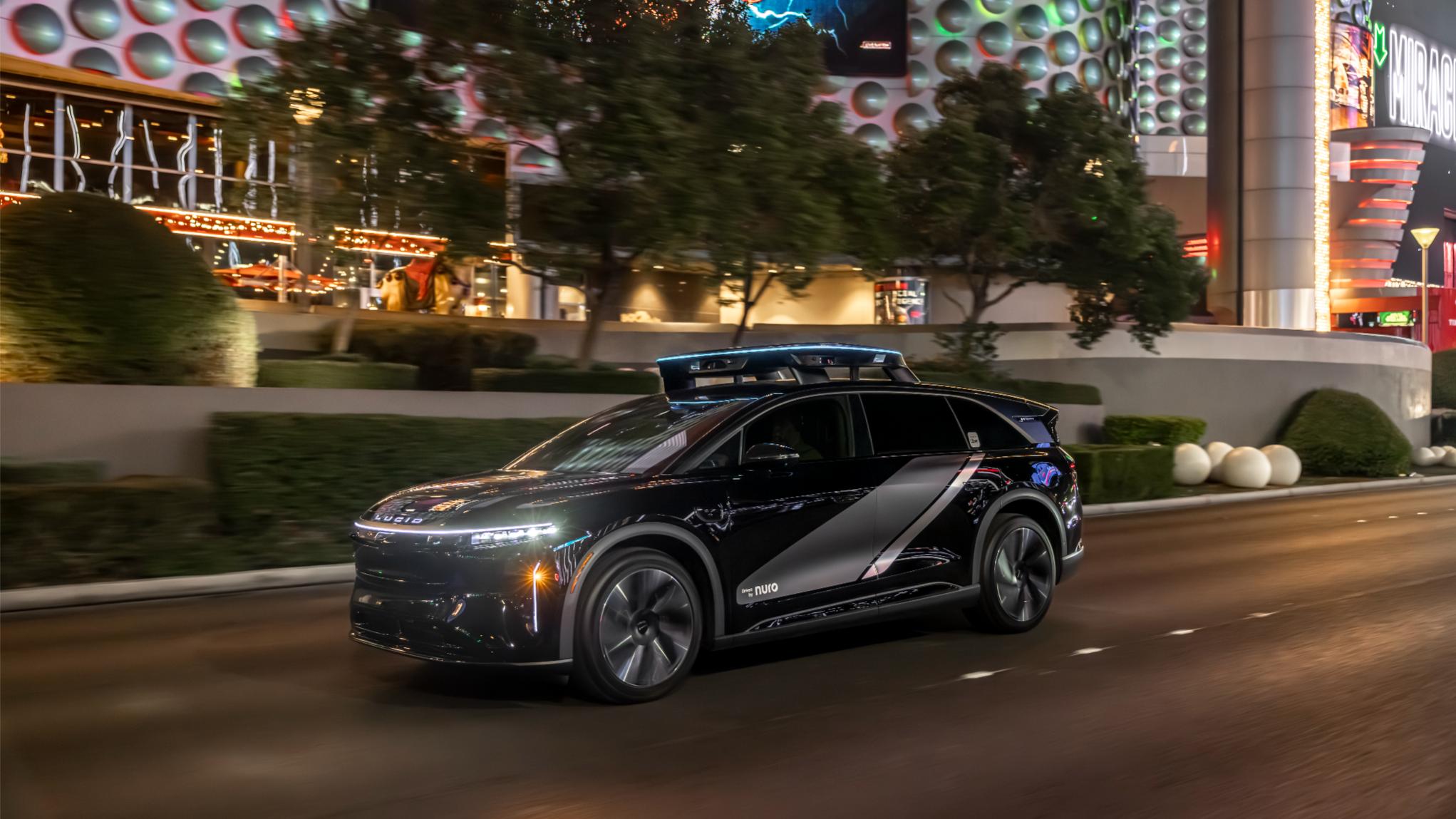
Lucid and Uber are teaming up with Nuro to launch an autonomous robotaxi program utilizing the automaker’s Gravity SUV. The project will be unveiled at CES 2026, introducing an in-cabin rider experience completely designed by Uber, the world’s largest ride-sharing service.
Back in 2025, the partnership between the three companies was announced, aiming to launch a unique ride-sharing platform using over 20,000 Lucid vehicles equipped with the Nuro Driver technology. The vehicles are owned and operated by Uber.
The companies have already initiated some testing in the San Francisco Bay Area, which is a big step in the right direction for the project. The plan currently is to launch it to the public in the Bay later this year. Nuro will lead the testing using robotaxi engineering prototypes that are supervised by autonomous vehicle operators.
Currently, there are over 100 robotaxis in the Engineering Test Fleet.
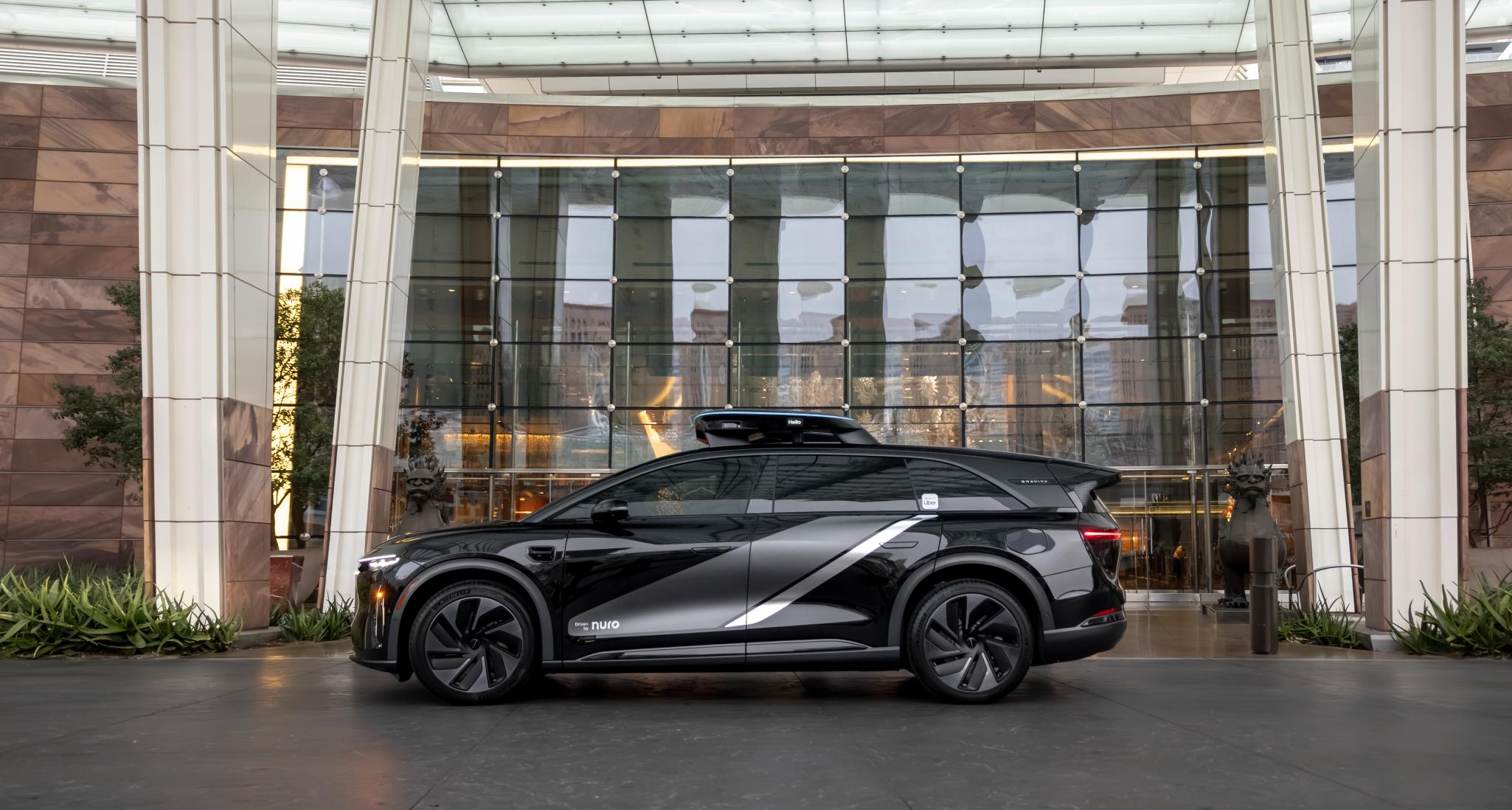
The Gravity vehicles are fitted with a next-gen sensor array featuring high-res cameras, solid-state LiDAR sensors, and radars that will provide a 360-perception model, as well as a “purpose-built roof-mounted halo designed to maximize sensor visibility,” which is seen on top of the Gravity unit above.
The halo also has integrated LEDs to help riders more easily identify the correct vehicle by displaying their initials. The halo will also provide clear status updates from pickup through dropoff.

These units for the robotaxi program between the three companies will start being produced later this year at Lucid’s Arizona AMP-1 factory.
Uber chose the Lucid Gravity specifically due to its “unprecedented comfort” and its reputation, as it was named to Car and Driver’s 10 Best for 2026. But Uber is customizing some things for the Gravity so that it is specifically catered to robotaxi riders:
- For the first time, Uber is designing the in-vehicle rider experience, which will include interactive screens with entertainment and climate control options, as well as support contacts and vehicle maneuver requests, like a request to pull over.
- It will also have in-vehicle visualization, showing what the robotaxi sees and its path in real-time. This will be a nice transition for those who are skeptical about driverless vehicles, and will show what the vehicle and its sensors, LiDAR, and cameras see.
- The Gravity is also a sizeable SUV, which will give riders space for themselves and their luggage.
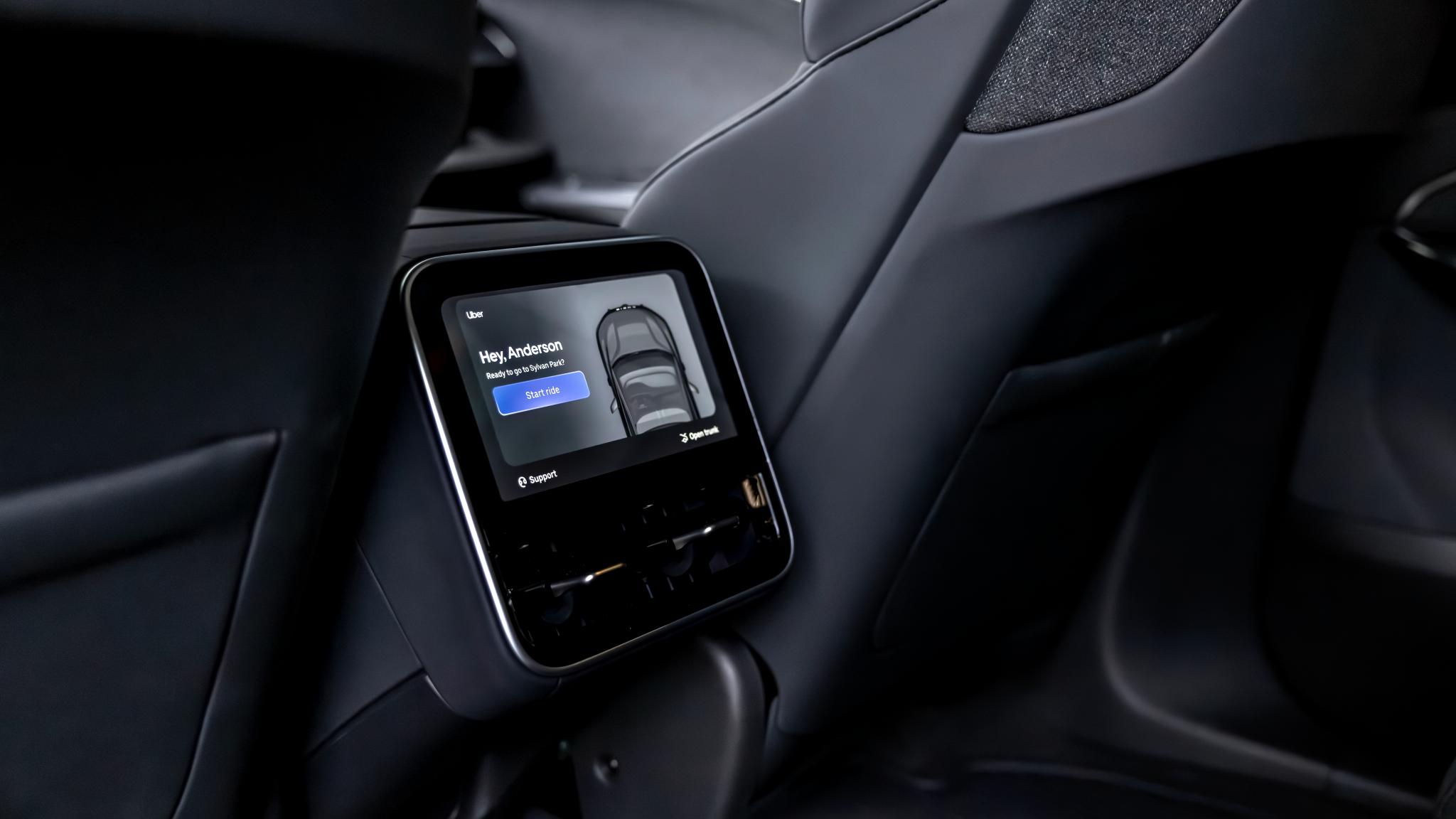
This is the latest application of a ride-hailing platform that leans on autonomy for its operation, essentially phasing out the need for human drivers in various markets, starting with the Bay Area.
More companies are dipping their toes in the project, giving them the opportunity to establish some early momentum, as there are only a handful of companies that are currently operating this in the United States. Uber, Lucid, and Nuro aim to be the next, and initiating this program at this time is big for their chance at success.
News
Tesla Cybercab test fleet expands in Austin and Bay Area
In total, the Robotaxi fleet is comprised of 139 total vehicles in both Austin and the Bay Area. The vast majority of these units are Model Y cars, but the Cybercab is the most recent addition to the fleet.
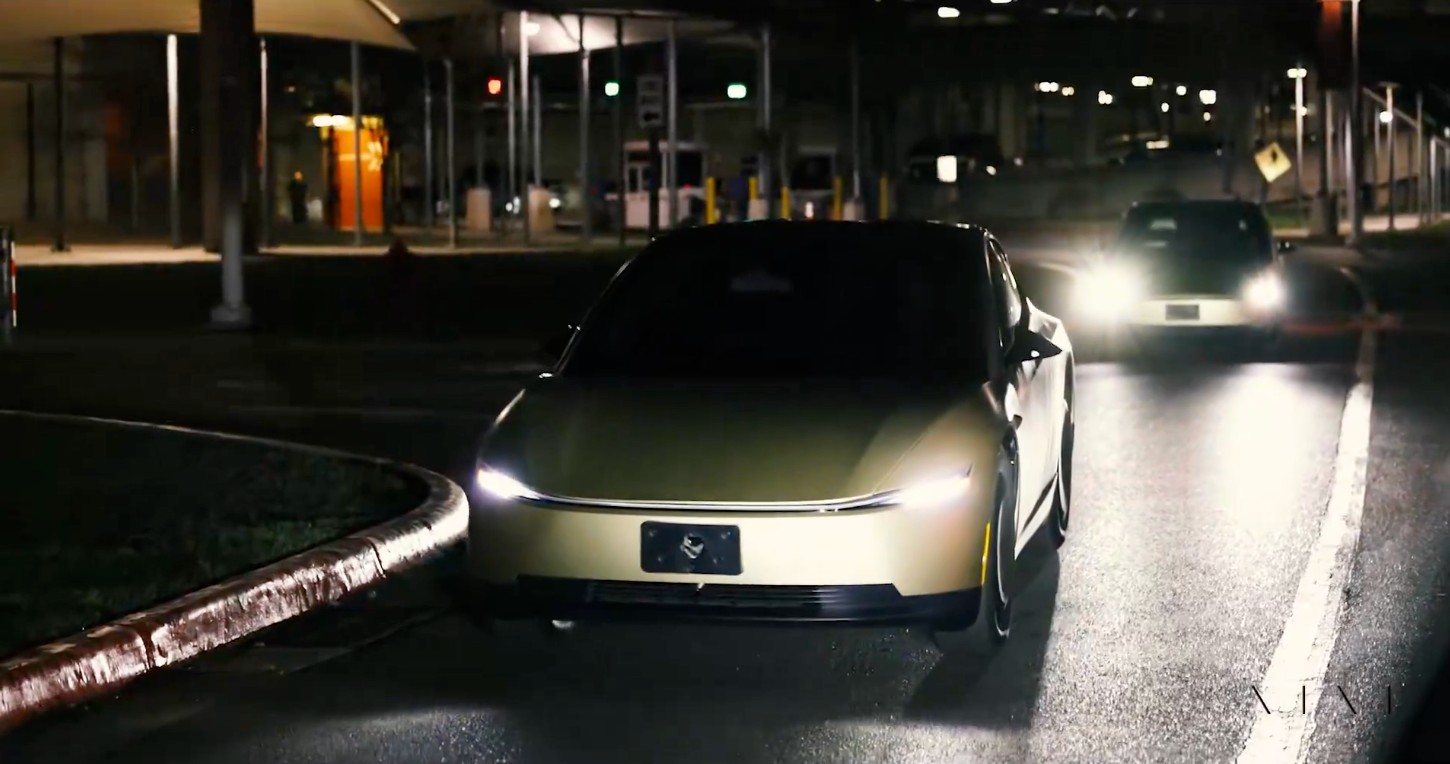
Tesla has expanded its fleet of Cybercab test units in both Austin and the Bay Area of California, as the vehicle is heading toward the first production stages, hopefully early this year.
As the first few units were spotted in Austin late last year, Tesla is now operating seven total Cybercab units in testing, three of which were spotted over the weekend in Texas. Bay Area testing just started on January 3, with both units also being added to the fleet on Saturday and Sunday.
In total, there are seven Cybercabs now operating, according to Robotaxi Tracker, each with different license plates that have been observed over the course of the last several weeks; the first unit was spotted in Austin on December 18.
The future should look like the future, indeed.
The Cybercab really changes the look of the roads, but without the shock factor of the Cybertruck. It’s a pretty good balance, imo.pic.twitter.com/PM0KbjzhxR
— TESLARATI (@Teslarati) December 22, 2025
The expansion of the Cybercab test fleet is a slow but steady process that Tesla is taking to get the car on public roads ahead of its initial production stages.
CEO Elon Musk said last week that Tesla has already started some test production phases of the vehicle at Gigafactory Texas, which is located outside of Austin.
Tesla Cybercab tests are going on overdrive with production-ready units
However, it will likely be some time before Tesla actually adds it to the fleet for rides that are available to the public. Tesla plans to build it without a steering wheel or pedals, so the company will have to reach Level 5 autonomy at that point before customers can hail rides and take it to their destination.
In total, the Robotaxi fleet is comprised of 139 total vehicles in both Austin and the Bay Area. The vast majority of these units are Model Y cars, but the Cybercab is the most recent addition to the fleet.








